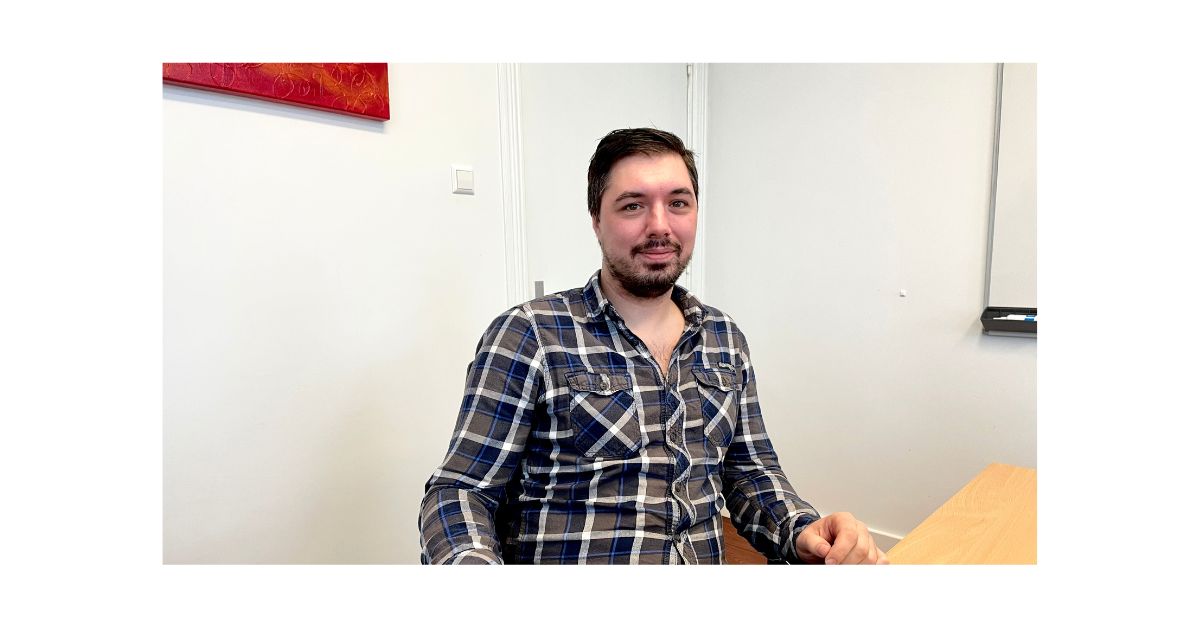
Thomas has been active in the IT world for over 11 years. The first 8 years he worked as a developer building integrations and reports. He then moved to Harmony where he has been working as an integration specialist for 4 years. We asked him some questions about the job of integration specialist and about his current project.
'No, in my previous job I was working with VB5, which was very old software. I knew I was going to have to learn to work with a new software.'
'Got Mule 3 as Mule 4 training in my first few months. Mule 3 is almost end of life by now.'
'I am currently with a public service provider that implements regulations on behalf of the Dutch government. They use several internal - and external systems that need to communicate with each other and for this they use MuleSoft. As a MuleSoft developer, I ensure smooth communication between the various systems. Among other things, I have to make sure that the different in-house developed systems communicate well with external systems such as systems of the Dutch government. They must have certain data such as names, invoices, etc. so that they can offer the correct services. This mutual unlocking of data is enormously important for providing good services.'
'We work with an integration team of internal and external staff. We work with sprints, one sprint lasts on average 2 weeks. During such a sprint, we see how much work the integration team can do in one week, depending on the complexity. We decide how complex we estimate certain tasks to be and depending on that, those tasks are then split up into smaller tasks that then appear on our 'board'. On that board, we then see which tasks are priority tasks, we then finish these and then start the next task on the board.
We also always start our day with a stand-up in which we broadly talk about what we did the day before and what we are going to work on that day. That way everyone has an overview of who is working on what. We have a lot of autonomy, which is nice!'
'It's the various teams that can make requests. If they are approved, they come to us as tasks. For example, if there is a new regulation that requires certain fields to be added, a particular team can submit a request for this.
For example, a task that is often on the board is making changes to an API. This can range from adding certain fields to developing a new flow. There is a lot of variety!
Currently there is a stop on code changes and we are mainly busy migrating from Mule 3 to Mule 4. In other words, everything that is now in Mule 3 has to be converted into Mule 4 and that will take some time.'
'I enjoy making improvements to existing systems. In my current project I have already been able to implement improvements and then it is nice that the customer also sees the added value of this and appreciates it. I find the combination of software integration and consultancy enormously fascinating. I end up in various companies and sectors which all have their own way of working. Because of this, I learn a lot and I do have a lot of variety.'
Are you interested in also getting started as an integration specialist? Then discover our vacancies.
Markt 5
5554 CA Valkenswaard
Tel: +31 (0) 40 20 75 011
Middelweg 6-c
5253 CA Nieuwkuijk
Tel: +31 (0) 40 20 75 011
Sarajevska do broja 17
72000 Zenica